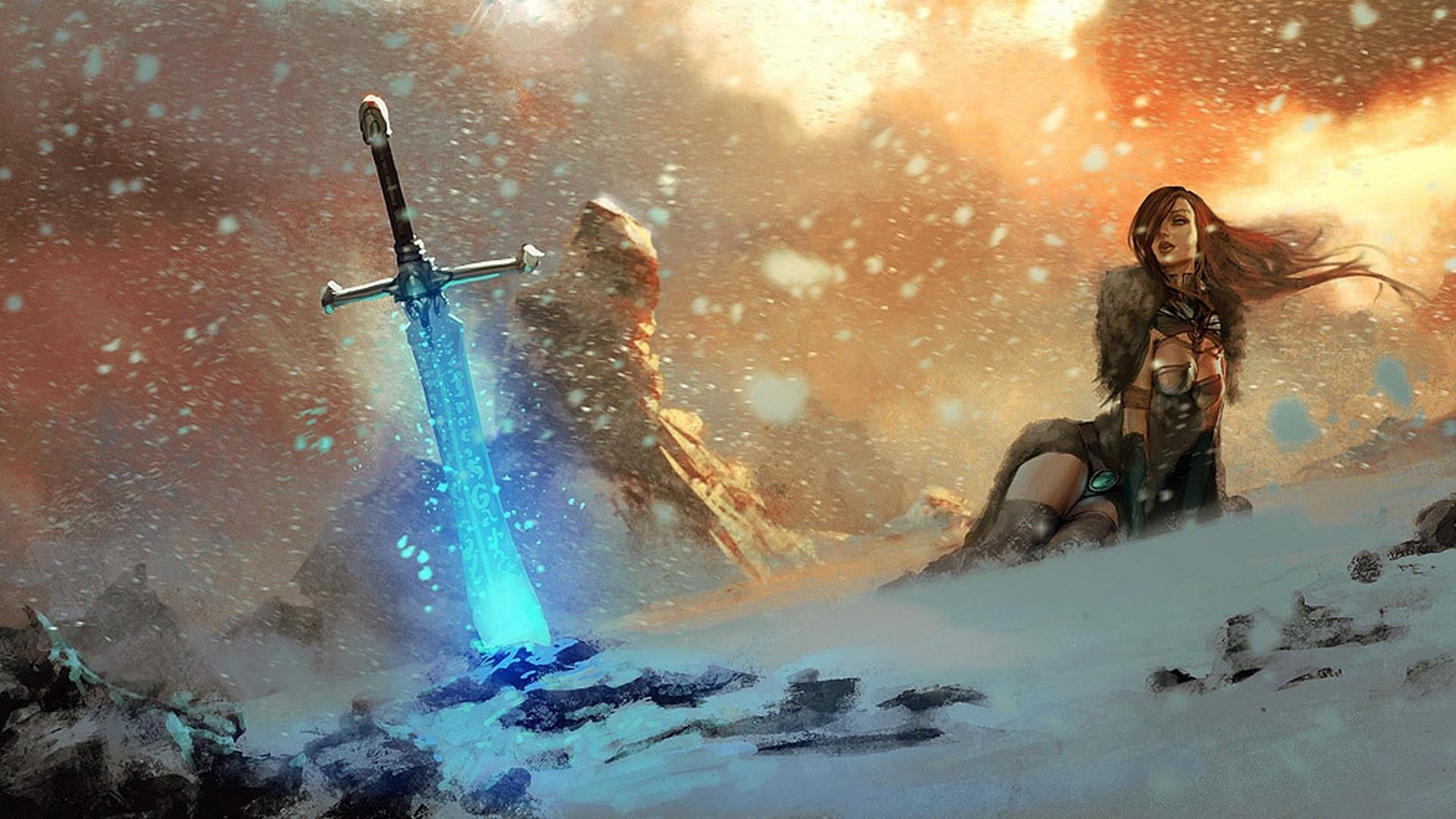
23 Sep GM Tips #21: How to Transition into Cooperative Storytelling
When you’re playing with an experienced group, particularly people you’ve played with for a long time, it is usually fairly easy to transition into Cooperative Storytelling. Your gamers are likely also GMs in their own rights, or at least find it very easy to be almost any sort of character and to play them like a fiddle.
So what about new players, and a new GM? Can Cooperative Storytelling be done?
It sure can.
I tried this recently with a friend of mine who had played a fair bit of Pathfinder and D&D, but very little Immersion RPG. The key was to start small: let him decide on little things. I started going through his backstory, and playing it as we went – jumping here, using a cut-scene there, so that the years flew by with just a few rolls. But each time an important decision came up, sometimes I would just assume what he did, but then more and more I would ask him what he did. I’d get him to think about it, act it out, play in character… and before you knew it, he was writing the story himself.
As with all things, you can do a lot of Cooperative Storytelling, or just a little bit. Here are some ways to make use of it:
How Do You Do It?
This is a very simple way, and is often something that players tend to do anyway. When they perform an action, or make a roll, ask them, “How do you do it?” In other words, get them to describe what happens. You can ask this many different ways. If they’re checking for a black market contact, and only just succeed you could ask, “Okay, so who are you contacting? And how do you get hold of them?” Get them to describe it, then go along with it. They start talking about Benny the Knife, and how he owes them a debt for a warning they once gave him. So now you role-play Benny, just accepting the story as canon.
If they’re returning home after a skirmish in the woods, you could ask, “So how do you get home?” And just have them describe it.
Do that more and more, and before you know it they’ll start doing it automatically, describing how they move, act, talk and adding things into the story to add to it.
Assume A Backstory
This is a trick I use all the time. When the player is talking to an NPC who knows them, I’ll have the NPC refer to something that happened once before, even though I’ve never mentioned this with the player. They’re talking to the security guard who’s given them tips from time to time, and he says, “Yeah Benny, that’s all well and good, but I know how you are when you get dancing. You remember that time I had to drag you out of here with your pants…”
If the player is thinking quickly, they’ll just run with this and interrupt him, saying something like, “We don’t talk about that no more Charlie! Jeez. I’m here with friends.”
It’s a prompt for them to run with the story.
The Blank Stare
Okay, so sometimes the player just stares at you blankly. This happens a lot with new gamers, or those new to story-based RPGs where a bit of acting is required. A good way of handling this is to just ask the player, “So tell me what you do. Describe it for me.” Or, “So talk to me as though you’re your character. Tell me what you’re going to say.” Or, “So what would happen when you do that? You only just managed to succeed, so how do you think it plays out?”
Give them a prompt, but if they don’t get it, just help them describe it, tell them what happens, then prompt them again later. Particularly if other players are getting the hang of it, they’ll start to pick it up. A key here is not to put them on the spot. Don’t make them feel uncomfortable or embarrassed – just keep flowing with the story, and help them to make small improvements a step at a time.
* * *
Alrighty, so those are some of my best tips for using Cooperative Storytelling. But I’m sure there are plenty of others. What techniques have you used to create this method?
~Oliver
Like what we do? Check out our first ever setting release, Infected! a harsh vision of the post-zombie post-apocalypse. They’re out there… and they’re hungry. But they’re not dead, not slow and not stupid.
Try before you buy with our Quick Start booklet! Nearly 50 pages of rules, art and story!
Artwork from fantasy art wallpaper, no copyright ownership by Immersion Studios.


No Comments